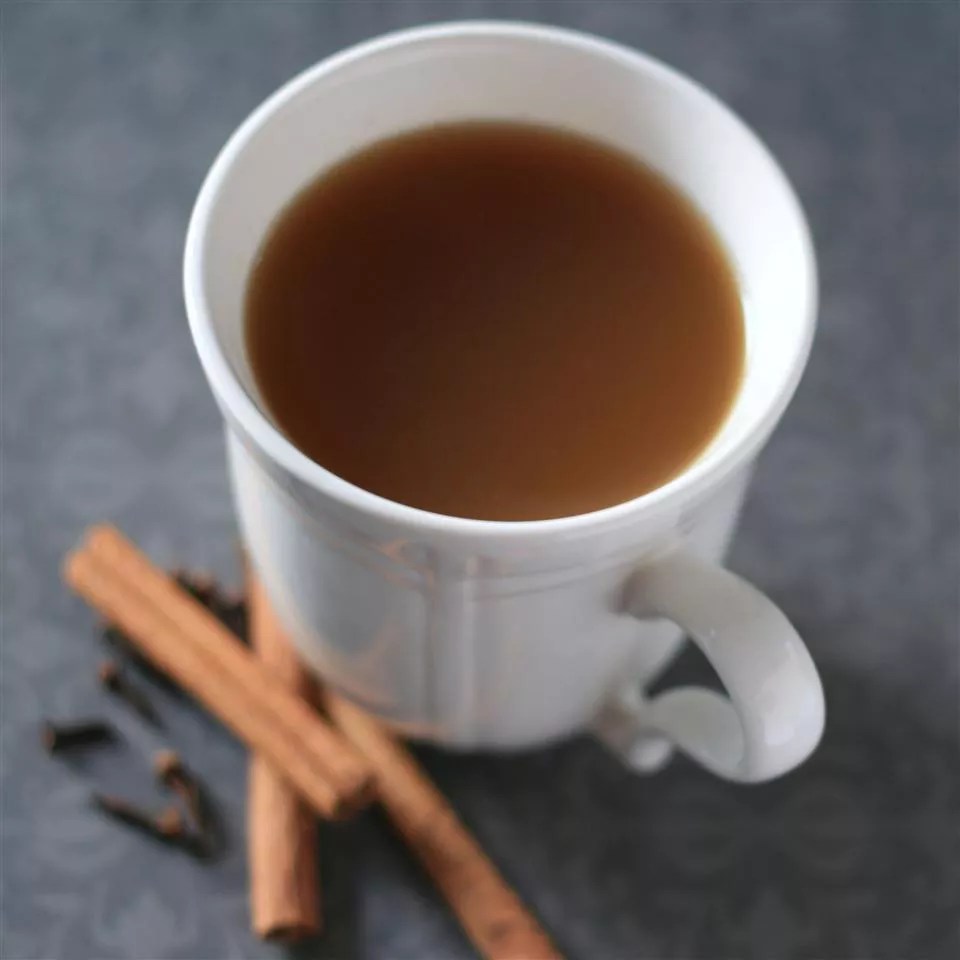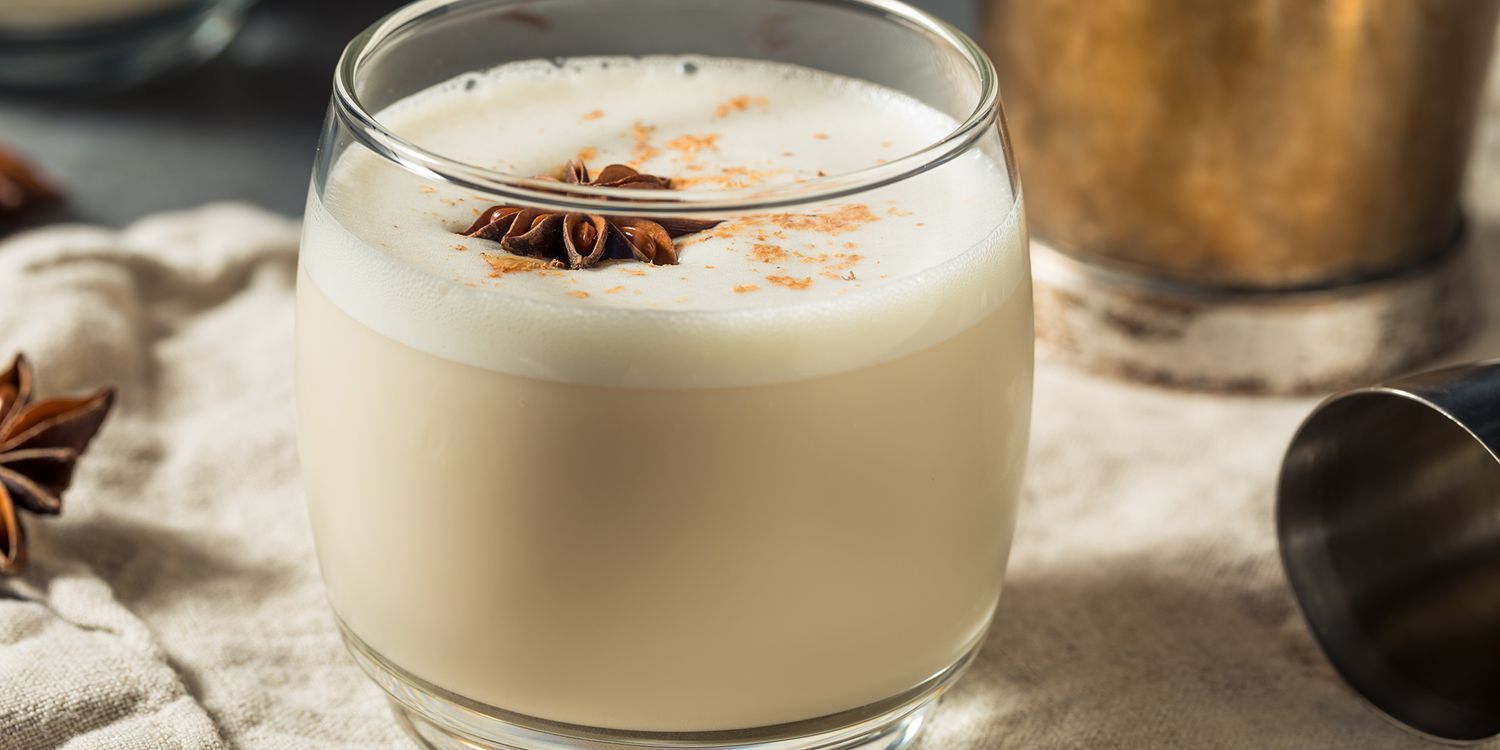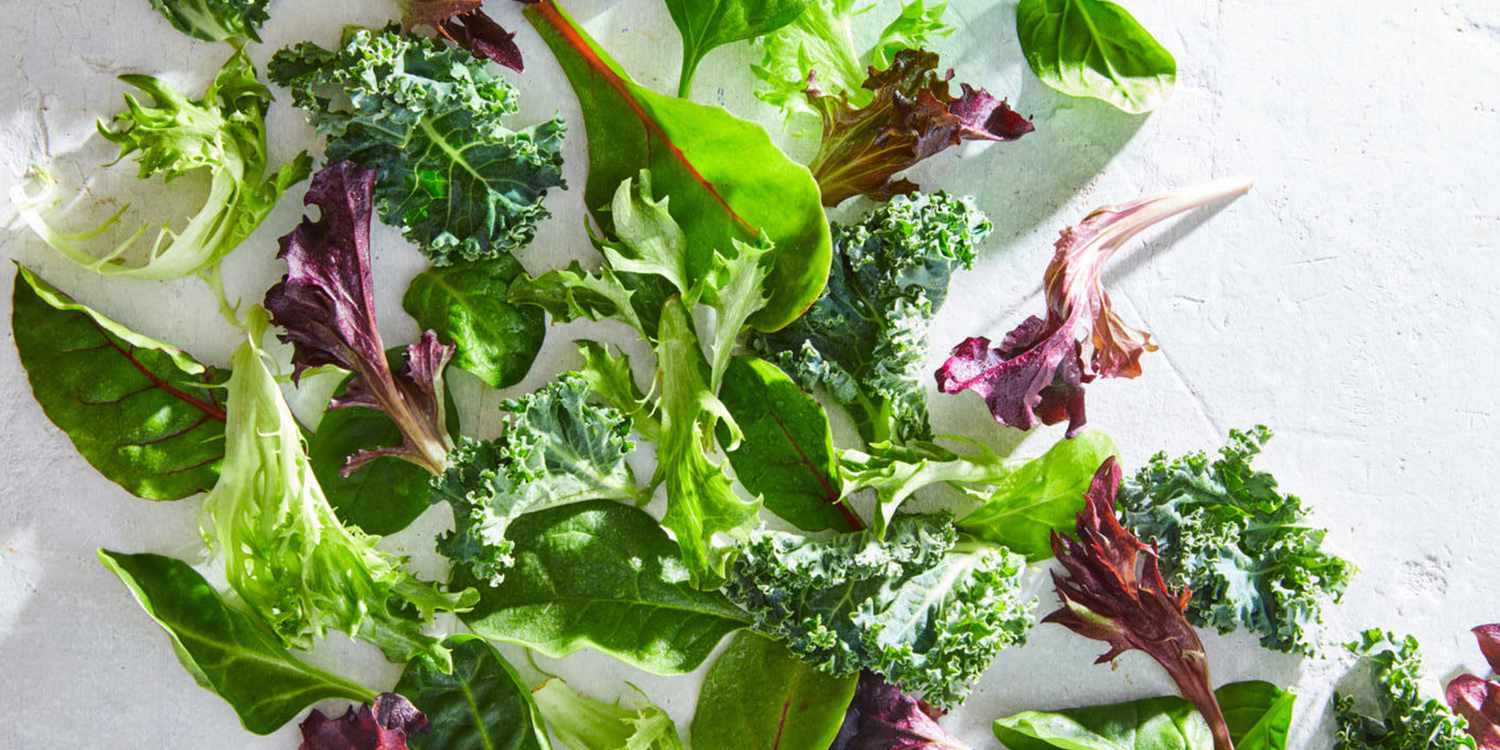I can’t remember what age I was when I graduated from sweet, clear apple juice to the much more “adult” apple cider. I just know at a certain point apple juice became purely associated with sippy cups, while apple cider became synonymous with fall festivals and roadside stands.
But what makes apple cider any different from apple juice? I can tell a difference in taste and color, but what is it about the process of making each one that gives them their distinct qualities? Turns out, the answer isn’t as widely agreed upon as I would have guessed.
Apple Juice vs. Apple Cider
The Secrets in the Filtering Process … Or Lack Thereof
Apple cider is largely marketed in association with fall, and people love it (myself included). But is the difference all just in the marketing? In fact, Martinelli admits on their website that there is no difference between their apple juice and apple cider — except the label.
They explain that “some consumers simply prefer the traditional name for apple juice.” And this is okay because there aren’t legal standards laying out the difference between the two in most places. But whether or not there is a legal definition, the apple experts at the US Apple Association say there is a commonly accepted difference between the two.
The US Apple Association defines non-alcoholic cider on their website as a drink, “made by crushing a blend of apple varieties into a pomace, then pressing the juice from the pomace. Tiny apple solids floating in the juice turn color when exposed to air, giving cider that gorgeous caramel color and opaque look.” This is different from the clear and yellow apple juice you enjoyed as a kid, which was “filtered and heat-treated to be shelf-stable.”
So basically, apple juice undergoes a filtering process to remove any apple solids and is then pasteurized for a longer shelf-life. Apple cider, on the other hand, is often unpasteurized and contains pulp and sediment that has not been filtered out. The result is this:
- Apple Juice: Translucent, yellow color that’s free of any apple solids. It tends to be sweeter in taste.
- Apple Cider: Cloudy, browner in color with tiny apple solids throughout. It tends to be tangier, as it has no added sugar.

How to Store Apple Juice and Apple Cider
Because apple juice has been pasteurized, there’s no need to refrigerate it until you’ve cracked it open. It will stay good for several months before opening. As for unpasteurized apple cider, it’s highly perishable and should be refrigerated at all times. The US Apple Association recommends enjoying it within seven to 10 days of purchase, or by the date on the label.
Unpasteurized cider can even begin to ferment, and over time turn into hard cider (or what the rest of the world just calls “cider”). Hard cider makes a great, gluten-free alternative to beer and other malt beverages.
How to Use Apple Juice and Apple Cider
When it comes to drinking, choosing between apple juice and apple cider really comes down to personal preference. But for cooking, you’ll find that apple cider is more commonly called for in recipes because of its authentic apple taste. Give mulled cider a try this fall or use apple cider to make a plethora of fall recipes.




